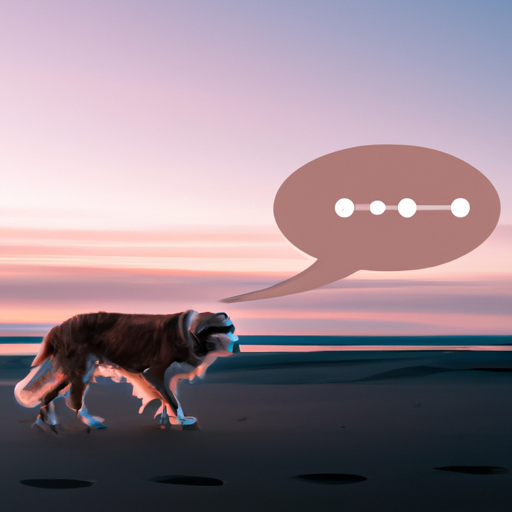As a caregiver, you likely find yourself paying close attention to the behavior of those in your care. When it comes to your four-legged companions, understanding their habits and actions can often feel like deciphering a foreign language. This piece aims to shed light on one peculiar dog behavior – the act of walking in circles. Specifically, we will explore why dogs might show this behavior when they are nearing the end of their life.
Understanding Canine Behavior
Canines communicate in ways that are often quite different from our own. They express their feelings and needs through physical actions, sounds, and even smells. Paying close attention to these signals can allow us to better understand and care for them, especially in their final days.
-
Body Language: Dogs use their bodies to express a wide range of emotions and signals. A wagging tail might indicate excitement, while a lowered tail can signal fear or submission.
-
Vocalization: Dogs can also communicate vocally, using barks, growls, and whines to express their needs and emotions.
-
Smell: Canines have a highly developed sense of smell and often use scent to communicate with each other.
Why Dogs Walk In Circles
Now, let’s delve into the peculiar behavior of dogs walking in circles. This behavior, also known as circling, can occur due to a variety of reasons:
- Disorientation: Dogs may circle when they are confused or disoriented. This could be a result of old age, illness, or a neurological issue.
- Nesting Instinct: Dogs often circle before laying down, which is a behavior inherited from their wild ancestors who would trample down grass or snow to create a comfortable sleeping spot.
- Medical Issues: Certain medical conditions, such as Canine Cognitive Dysfunction or brain tumors, can cause dogs to circle.
Circling As A Sign Of Illness Or Age
Circling can often be a sign of illness or advanced age in dogs. If your dog is circling more frequently than usual, or if the behavior is accompanied by other changes in behavior or physical health, it may be time to consult with a veterinarian.
| Signs of Illness | Possible Causes |
|---|---|
| Increased circling | Neurological issues, Canine Cognitive Dysfunction |
| Changes in appetite | Dental issues, systemic illness |
| Changes in behavior | Pain, anxiety, cognitive dysfunction |
How To Help Your Dog
If you notice your dog circling excessively, the first step is to consult with a veterinarian to rule out any underlying medical issues. If it’s a result of old age or illness, there are several ways you can help:
-
Create a Safe Environment: Remove any obstacles that could potentially harm your dog as it circles.
-
Provide Mental Stimulation: Enrich your dog’s environment with toys and activities that can help keep their mind sharp.
-
Consult with a Veterinarian: They can provide guidance on possible treatments or interventions.
Frequently Asked Questions (FAQs)
Q: Is circling always a sign that my dog is dying?
A: No, circling can be caused by a variety of factors, not all of which are related to the end of life. Always consult with a veterinarian if you notice changes in your dog’s behavior.
Q: How can I tell if my dog’s circling is a cause for concern?
A: Frequent or excessive circling, especially if it’s accompanied by other changes in behavior or physical health, should warrant a visit to the vet.
Q: What can I do to help my dog if they’re circling due to old age or illness?
A: Creating a safe environment, providing mental stimulation, and consulting with a veterinarian can all help make your dog more comfortable.
Remember, as a caregiver, you play a crucial role in your dog’s wellbeing. Understanding their behaviors, especially those that may indicate distress or illness, is key to providing the best care possible.



